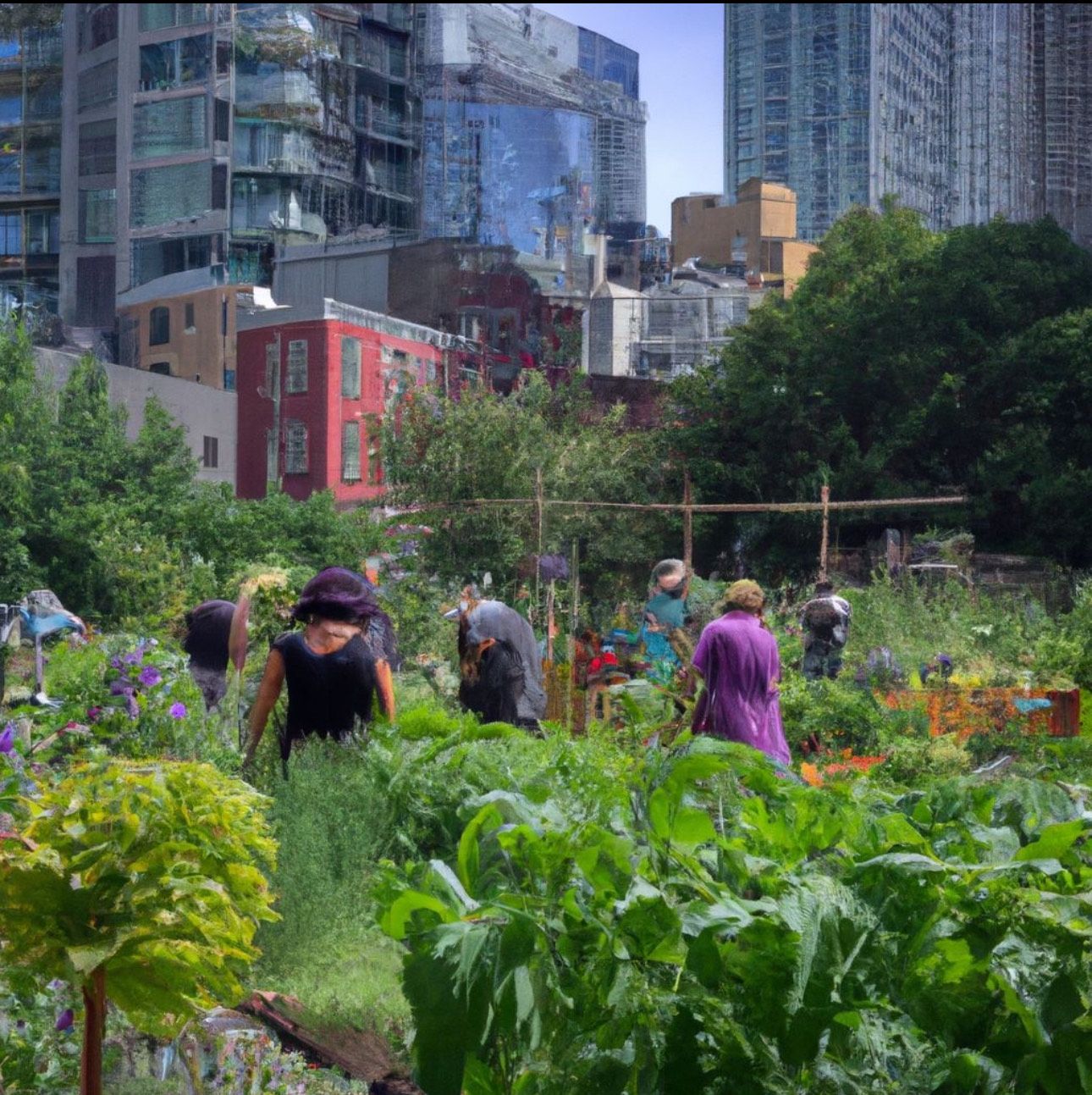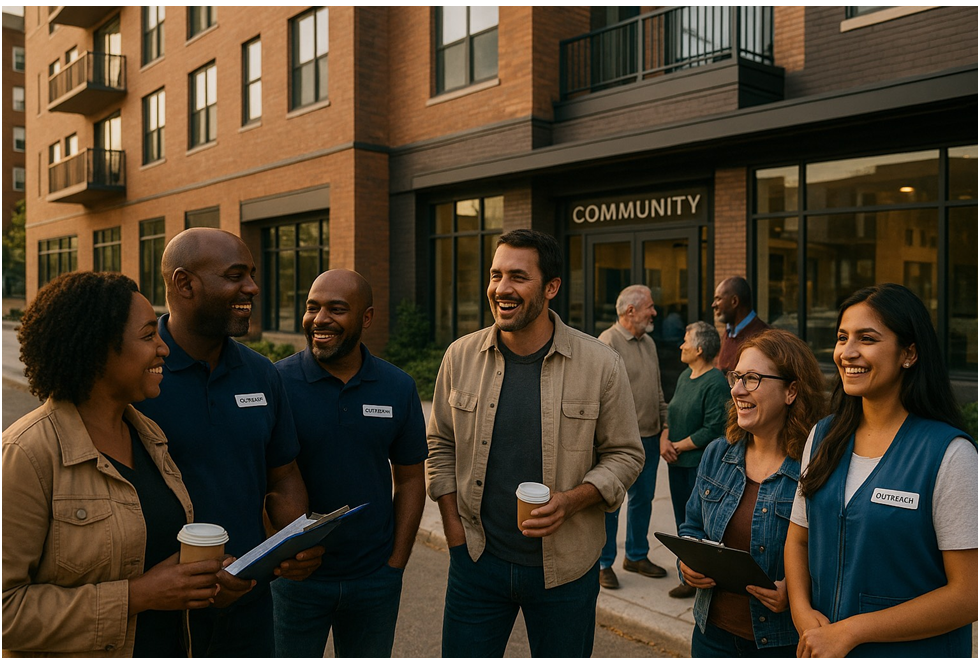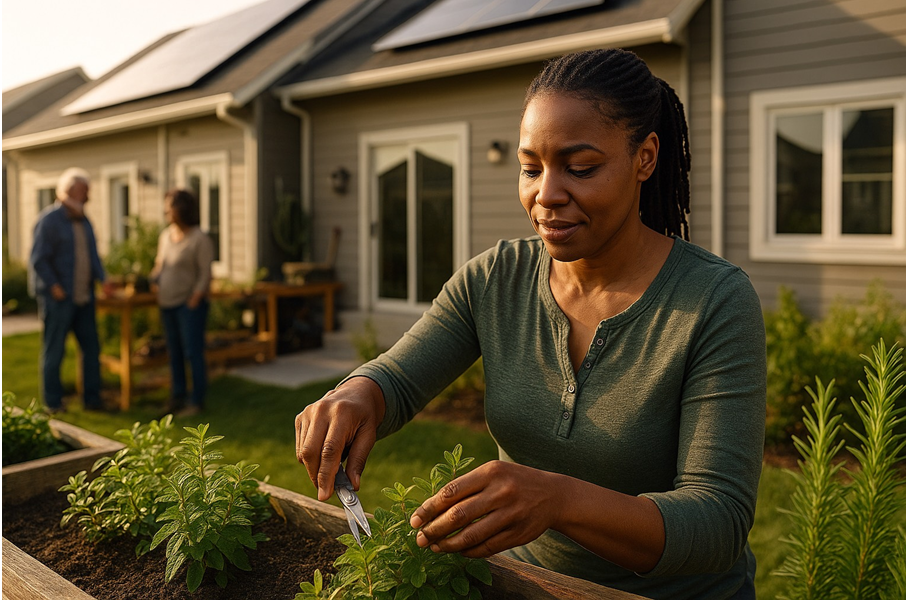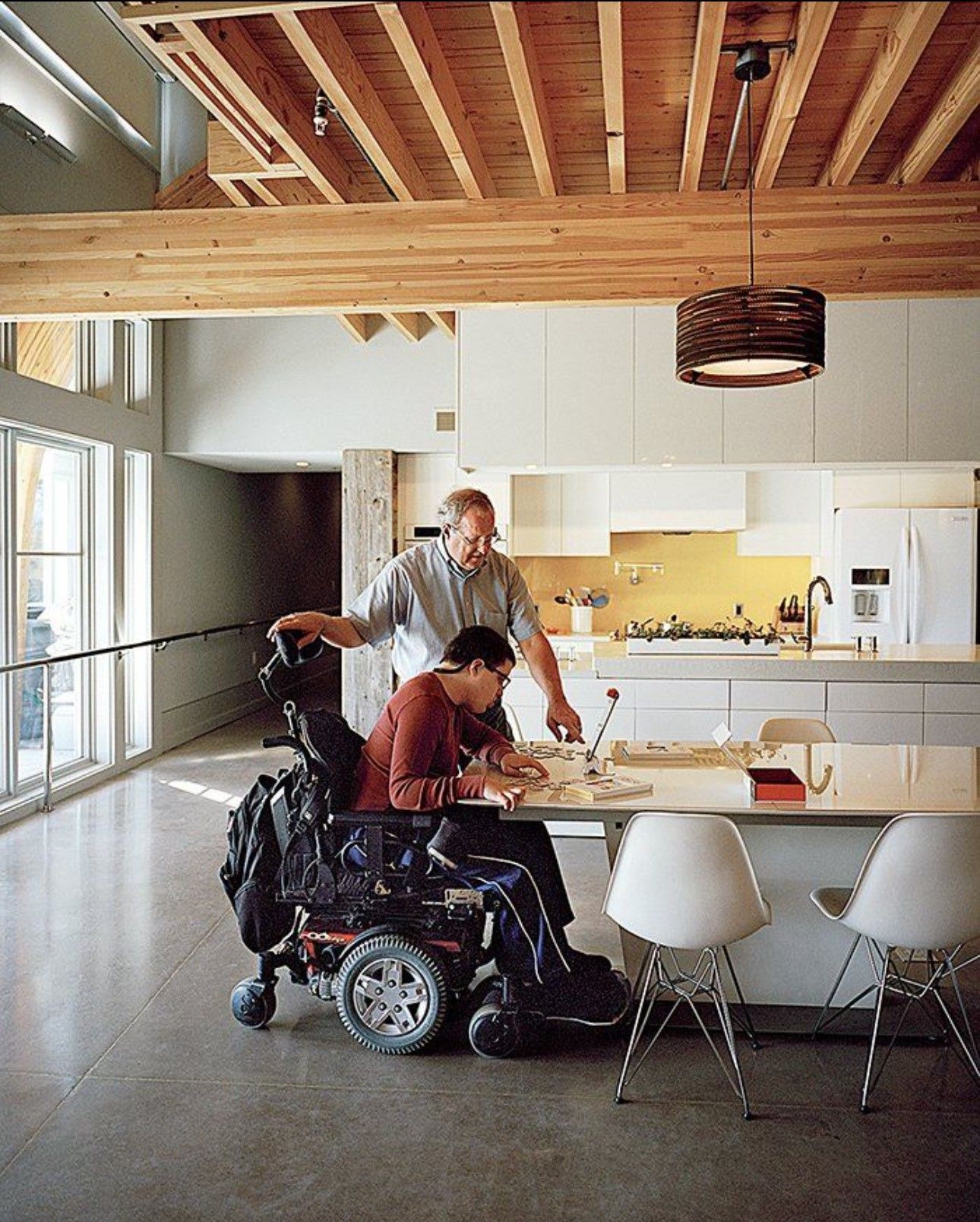Discover how urban gardens transform communities from the ground up.
Cultivating Independence: Urban Agriculture as a Path to Food Security & Community Power

Imagine harvesting fresh tomatoes, herbs, or greens just steps from your door—no middlemen, no delivery delays, just the dirt under your fingernails and the joy of self‑reliance. Urban agriculture isn’t a fad; it’s a powerful tool for food security, community empowerment, and economic resilience in 2025. In this post, we’ll dig into how food gardens are more than pretty plots—they’re seeds of change.
Why Urban Agriculture Matters Now
- Food access & security: Urban farming reduces dependency on distant supply chains.
- Environmental co‑benefits: Cooling the city, carbon capture, waste recycling, biodiversity support.
- Economic & social value: Job training, income, community cohesion, health benefits.
Models & Methods That Work
Community Gardens & Allotments
- Shared plots, communal responsibility, access to fresh produce.
- Help reshape “food deserts” into “food opportunity zones.”
Rooftop, Vertical & Container Farming
- Using underutilized roof and urban surfaces to grow produce.
- Vertical farming & hydroponics scale yield per square foot.
- Building‑integrated agriculture: combining housing/structures with farming.
Food Forests & Permaculture in Cities
- Mixed perennial plantings (fruit trees, shrubs, herbs) that regenerate themselves.
- San Antonio modeling shows strong yields + ecosystem benefits when integrated into unused lots.
Challenges & Smart Mitigations
- Soil contamination / poor quality: Use raised beds, clean fill, soil testing.
- Funding & startup cost: Seek grants, local government support, crowd contributions (USDA supports urban ag programs).
- Space constraints: Use vertical, container, rooftop methods when horizontal land is limited.
- Sustained engagement vs. dropout: Regular programming, workshops, stakeholder buy‑in.
- Regulation & zoning hurdles: Advocate for urban ag inclusion in city plans.
Case Story: The Green Block Project
On a modest block in Springfield, a formerly vacant lot was transformed into “The Green Block Project.” A small group of neighbors, with help from a local nonprofit, turned it into raised beds, fruit trees, and herb plots. Over two seasons, they produced over 800 pounds of vegetables, shared surplus with local food pantries, held workshops for youth, and even sold small amounts at a weekly micro‑market. One participant, Maria, said: “I never thought I could grow my own food in the city—I feel stronger, connected, hopeful.”
Practical Checklist: Starting an Urban Food Garden (for Individuals or Community Groups)
- Identify & assess a site (sunlight, water access, soil condition)
- Test soil / plan for clean fill or raised beds
- Choose suitable growing methods (in-ground, containers, vertical)
- Select crop palette (fast greens + perennials)
- Secure funding (small grants, donations, sponsors)
- Engage local residents / stakeholders
- Establish governance / rules / rotation of tasks
- Monitor pest, irrigation, nutrient cycles
- Track yields, share surplus, adjust plan
- Plan for sustainability: next season, expansion, education
Contact Us
Ready to spark a food revolution in your block, community, or facility? At Spice It Up Enterprises, we help design, implement, and sustain urban agriculture systems. Contact us now to grow independence, food security, and community strength together.









